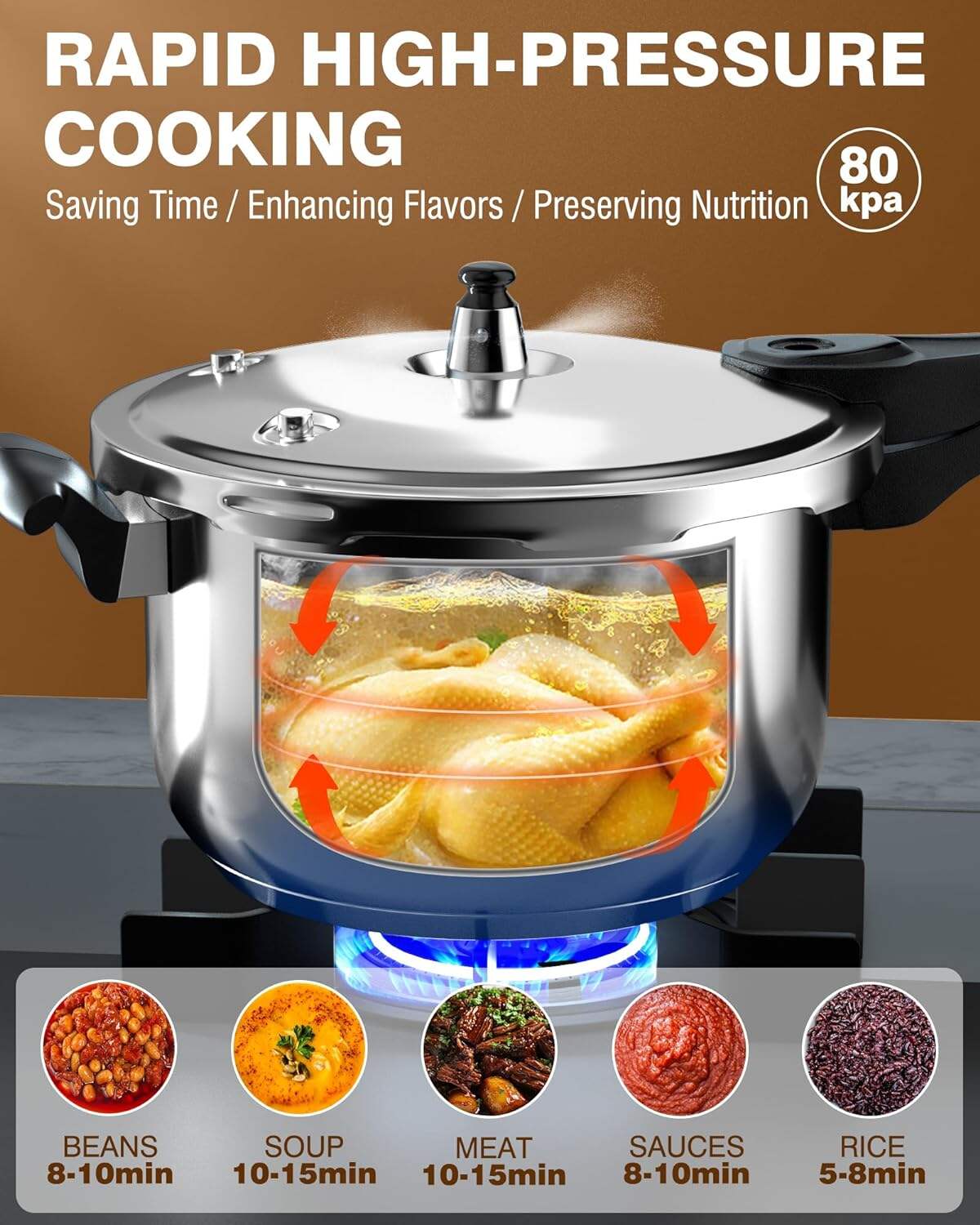Essential Guide to Industrial Silicone Gasket Selection
Selecting the appropriate silicone gasket for industrial equipment is a critical decision that directly impacts operational efficiency, safety, and equipment longevity. Industrial professionals face numerous challenges when choosing gaskets, as these essential components play a vital role in preventing leaks, maintaining pressure, and ensuring proper sealing in various industrial applications. This comprehensive guide will walk you through the crucial factors and considerations for making an informed decision about silicone gasket selection.
Understanding Silicone Gasket Properties
Temperature Resistance and Durability
Silicone gaskets are renowned for their exceptional temperature resistance, capable of maintaining their integrity across a wide temperature range from -60°C to 200°C (-76°F to 392°F). This remarkable thermal stability makes them ideal for applications involving extreme temperature fluctuations. The material's inherent durability ensures long-term performance without degradation, even under challenging conditions.
Beyond temperature resistance, silicone gaskets offer excellent compression recovery and maintain their elastic properties over extended periods. This resilience helps prevent leakage and ensures consistent sealing performance throughout the gasket's service life. The material's ability to withstand thermal cycling makes it particularly valuable in equipment that undergoes frequent heating and cooling cycles.
Chemical Compatibility Considerations
When selecting a silicone gasket, chemical compatibility is paramount. These gaskets demonstrate excellent resistance to many chemicals, including water, ozone, and oxygen. However, they may show vulnerability to certain organic solvents and concentrated acids. Understanding the chemical environment in which the gasket will operate is crucial for ensuring optimal performance and longevity.
Industrial environments often expose gaskets to multiple chemical compounds simultaneously. Therefore, it's essential to consider not only the primary process fluids but also any cleaning agents, lubricants, or other substances that may come into contact with the gasket during routine maintenance or operation.
Dimensional and Design Requirements
Size and Compression Specifications
Proper sizing of silicone gaskets is critical for achieving optimal sealing performance. The gasket must match the flange dimensions precisely while accounting for compression requirements. Too much compression can lead to gasket failure, while insufficient compression may result in leaks. Industry standards typically recommend a compression range of 20-40% for silicone gaskets.
Engineers must also consider the bolt load and torque specifications when selecting gasket dimensions. The gasket's thickness should be appropriate for the application, ensuring adequate material for compression while maintaining structural integrity under the specified bolt load.
Surface Finish and Installation Requirements
The mating surface finish directly impacts a silicone gasket's sealing effectiveness. Surfaces that are too rough can create leak paths, while extremely smooth surfaces may not provide adequate friction for gasket retention. Most applications require surface finishes between 32 and 125 RMS (Root Mean Square) for optimal sealing.
Installation considerations should include proper alignment, even bolt loading, and appropriate surface preparation. Clean, debris-free surfaces are essential for achieving reliable seals. Some applications may require special installation tools or techniques to ensure proper gasket placement and compression.
Application-Specific Requirements
Pressure and Load Conditions
Different industrial applications impose varying pressure requirements on silicone gaskets. Understanding the operating pressure range, including both steady-state and peak pressures, is crucial for proper selection. Silicone gaskets typically perform well in low to medium-pressure applications but may require reinforcement or alternative materials for high-pressure scenarios.
Dynamic loads, vibration, and mechanical stress must also be considered. Some applications may subject the gasket to cyclic loading or movement, requiring specific design features to maintain seal integrity. The gasket's ability to absorb vibration while maintaining its seal can be critical in certain industrial equipment.
Environmental Factors
Environmental conditions significantly influence silicone gasket performance. Factors such as UV exposure, moisture levels, and atmospheric contaminants can affect the gasket's service life. Indoor applications may face different challenges compared to outdoor installations, where weather resistance becomes crucial.
Consider seasonal temperature variations and their impact on gasket performance. Thermal expansion and contraction of both the gasket and mating surfaces must be accounted for in the selection process. Some environments may require special grades of silicone or additional protective measures.
Quality Standards and Compliance
Industry Certifications
Various industries have specific requirements and standards for silicone gaskets. FDA compliance may be necessary for food and beverage applications, while USP Class VI certification might be required for pharmaceutical equipment. Understanding and adhering to these standards is essential for regulatory compliance and operational safety.
Quality management systems, such as ISO 9001, often dictate documentation and traceability requirements for gasket materials. Ensure that selected gaskets meet all applicable industry standards and come with appropriate certification documentation.
Testing and Validation
Implementing proper testing procedures helps verify gasket suitability for specific applications. Common tests include compression set, hardness, tensile strength, and chemical resistance. Some applications may require custom testing protocols to simulate actual operating conditions.
Regular inspection and maintenance programs should be established to monitor gasket performance and predict replacement intervals. This proactive approach helps prevent unexpected failures and maintains system reliability.

Frequently Asked Questions
How long do silicone gaskets typically last in industrial applications?
The lifespan of silicone gaskets varies significantly depending on operating conditions, but they typically last 5-10 years under normal conditions. Factors affecting longevity include temperature cycling, chemical exposure, compression set, and maintenance practices.
Can silicone gaskets be reused after removal?
It's generally not recommended to reuse silicone gaskets after removal. The compression set and potential damage during removal can compromise sealing effectiveness. Always install new gaskets during equipment reassembly to ensure proper sealing.
What are the signs that a silicone gasket needs replacement?
Key indicators include visible damage or deterioration, loss of elasticity, hardening or brittleness, visible leaks, or irregular compression patterns. Regular inspection during maintenance can help identify these signs before failure occurs.

